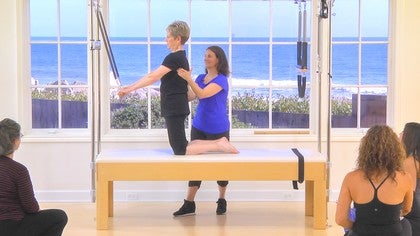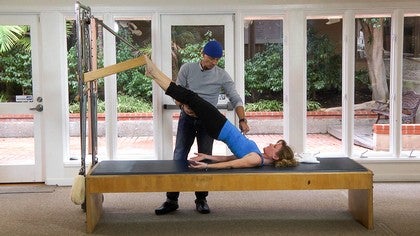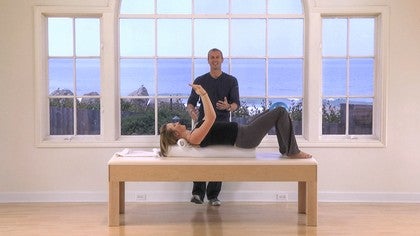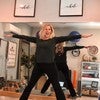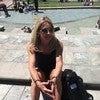Premium workshop
You can view a 2 minute preview. For details, scroll down below the video.
Description
In this one of a kind video tutorial, Distinguished Instructor Julian Littleford guides you through a session with a client who has never before taken Pilates.
Learn what this veteran of Pilates looks for when he meets a client for the first time. Watch how he adjusts his choice of exercises based on the results he sees from the preparatory exercises he gives to this client. Listen to the cues he gives to this new client that help the two of them develop a vocabulary they can share as they move forward in their training. Julian offers ideas on assessing your client, modifying exercises and how to generally help you and your client feel successful as you begin your working relationship together.
There is a lot packed in to this 50 minute class!
Learn what this veteran of Pilates looks for when he meets a client for the first time. Watch how he adjusts his choice of exercises based on the results he sees from the preparatory exercises he gives to this client. Listen to the cues he gives to this new client that help the two of them develop a vocabulary they can share as they move forward in their training. Julian offers ideas on assessing your client, modifying exercises and how to generally help you and your client feel successful as you begin your working relationship together.
There is a lot packed in to this 50 minute class!
What You'll Need: Towel, Overball, Foam Roller
About This Video
Workshops: First Time Clients
Comments
Skip to Latest
Very educational and informative. How wonderful it would have been to have access to something like this when I was earning my certification! Even so now matter how long you have been teaching Its amazing to look through the eyes of the talented and experienced Julian Littleford!
Thank you PA for exposing us to all of the different styles of teaching and the skillful teachers you bring to this site. I feel so fortunate to have this site to turn to.. I learn something new almost everytime I log in! I teach from home so it can be a bit isolating. Its almost like opening my door everyday & welcoming some of the best and most experienced Teachers in the world into my my little studio.. Thank you for bringing Julian back , hope to see more of him.
Thank you PA for exposing us to all of the different styles of teaching and the skillful teachers you bring to this site. I feel so fortunate to have this site to turn to.. I learn something new almost everytime I log in! I teach from home so it can be a bit isolating. Its almost like opening my door everyday & welcoming some of the best and most experienced Teachers in the world into my my little studio.. Thank you for bringing Julian back , hope to see more of him.
13 years ago
I would live to see this video of Julian taking this woman through the class, which never happens!!! Also, is it possible to buy a basic dvd of Julian's?
13 years ago
1-10 of 33
You need to be a subscriber to post a comment.
Please Log In or Create an Account to start your free trial.

